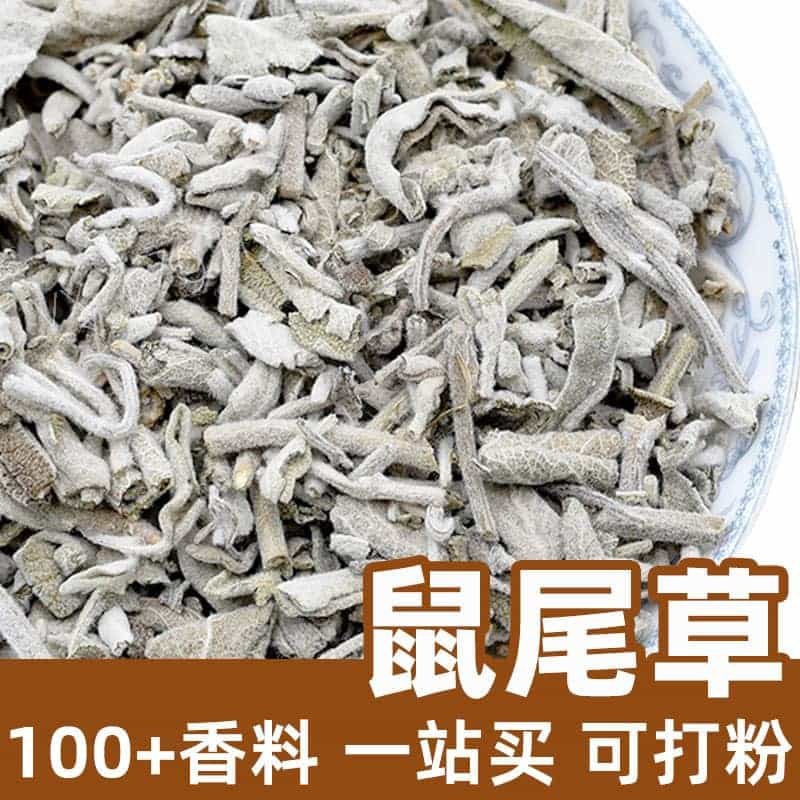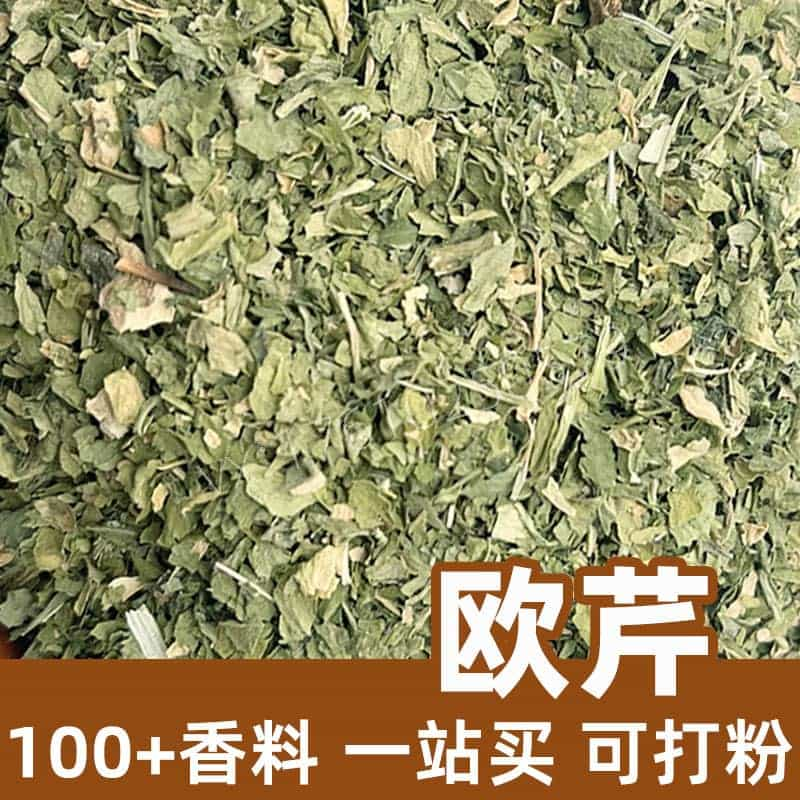Product Introduction
Tarragon, also known as Chrysanthemum Artemisia, Autumn Chrysanthemum, or Yellow Autumn Artemisia, is a common perennial herbaceous plant with delicate, easily broken branches. Its leaves are deeply lobed, and the branches exhibit a slight red hue. Its yellow flower clusters bloom in the autumn. With a unique aroma and flavor, Tarragon is widely used in traditional Chinese medicine and culinary applications.
Aromatic Chemical Components
The aroma of Tarragon comes primarily from its chemical composition, with artemisinin being the most significant component. Artemisinin is a natural medicinal compound in Tarragon with antiparasitic and antibacterial properties.
In addition to artemisinin, Tarragon contains essential oils, flavonoids, and other natural bioactive components, which contribute to its unique aroma and flavor.
Product Varieties
Tarragon products are categorized based on their parts and uses. The most common forms are Tarragon leaves and Tarragon flowers. Tarragon leaves are mainly used in medicinal preparations, while Tarragon flowers are commonly used in foods and teas.
Usage Scenarios and Dosage
Tarragon has some unique applications in the culinary world. Here are the main ways it is used in food and beverages:
- Tea Beverages: Tarragon can be used to make Tarragon flower tea, adding a fragrant aroma and flavor to the tea. To make this tea, add Tarragon flowers to boiling water, steep for about 5-10 minutes, and then strain out the petals before drinking. Tarragon flower tea has a cooling and lung-soothing effect.
- Seasoning: Tarragon leaves can be used as a unique seasoning to add an aromatic note to dishes. They are often added to soups, stews, and chicken dishes to enhance flavor and richness. When using it as a seasoning, add according to the specific needs of each dish.
Proper usage and dosages should be observed to maximize the unique aroma and flavor of Tarragon. Its application in food and beverages can add depth and complexity to flavor profiles. Familiarity with Tarragon’s specifications, chemical composition, and recommended uses can help in fully utilizing this spice, bringing a distinctive taste and aroma to teas and dishes.
Monica Sun is a seasoned expert in the natural raw materials industry, with over a decade of experience specializing in traditional Chinese medicinal herbs, spices, and fungi. She is skilled in the sourcing, processing, and application of these materials, emphasizing sustainability and innovation. Monica Sun has contributed to the development of high-quality natural raw materials that serve as essential components in functional foods, pharmaceuticals, and cosmetics, delivering tailored solutions to meet diverse market needs.









.jpg)


.jpg)


